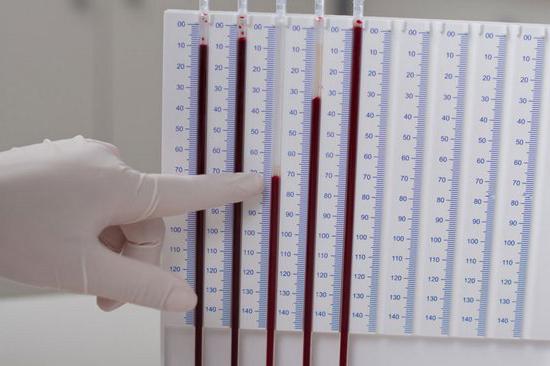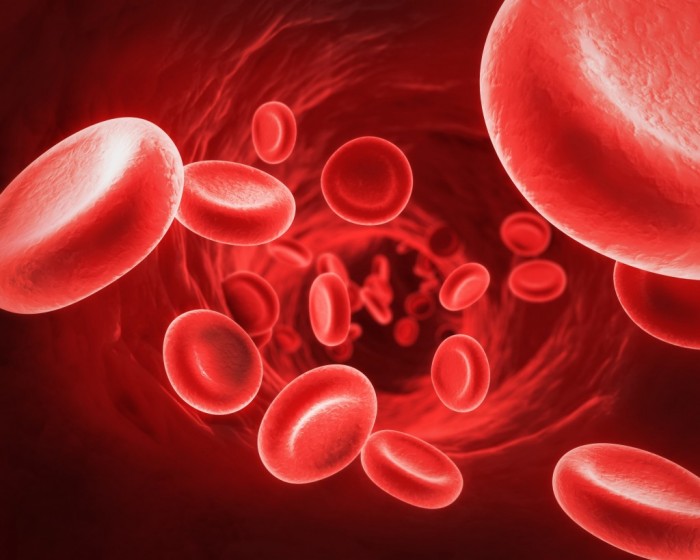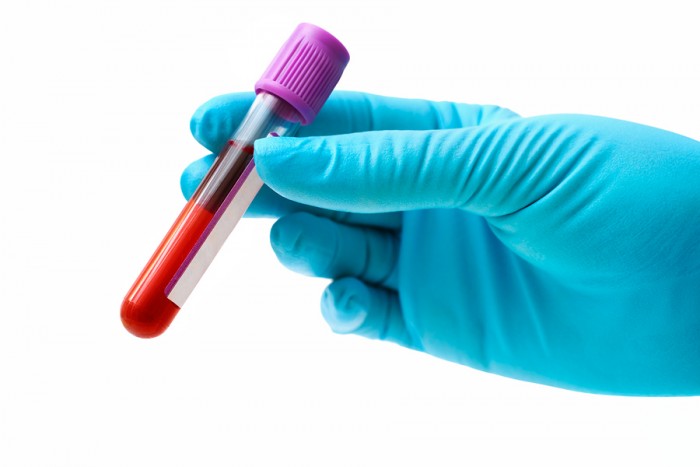
The concept of ESR in the blood of man. What are the increased and lowered ESR? What are the norms of ESR in the blood of women and men of different ages, as well as pregnant women? How to lower ESR in the blood?
The content of the article
- High ESR, what does that mean?
- Increased ESR: Causes
- Lowering ESR: Causes
- How does ESR change in women and men?
- The norm of ESR in men and women after 30
- What is the norm of ESR in men and women after 40 years?
- What is the norm of ESR in men and women after 50 years?
- What is the norm of ESR in men and women after 60 years?
- ESR in pregnant women, norms
- How to reduce ESR in blood in women and men?
- Video: ESR in the blood
When passing a general blood test, the level of ESR is necessarily determined. ESR (it is the ROE - the reaction of settlement) is the rate of settlement of red blood cells in the blood. This indicator is very important. It can indicate some processes and diseases in the human body. Therefore, when passing the tests, you certainly need to pay attention to the figure of ESR.
High ESR, what does that mean?

What does high ESR mean?
Many of us believe that if the results of ESR tests are high, then this indicates the presence of some serious inflammation and diseases. However, this is not always the case. Sometimes the temporary processes of the human body, such as::
- pregnancy
- critical days (menstruation)
- the period immediately after childbirth, accompanied by a large amount of blood
- the period of breastfeeding
- sharp weight loss
- obesity
- low hemoglobin level (anemia)
- changing the gas composition of the blood
- high cholesterol
- taking hormonal drugs
In addition to the listed processes in the human body, the causes of an increased level of ESR can be banal disorders of the analysis process.
Increased ESR: Causes

Causes of increased ESR in the blood
Serious diseases in which the level of ESR can increase: include:
- infectious diseases (viruses, fungi, bacteria and parasites)
- inflammatory processes
- purulent and necrosis processes (tuberculosis, myocardial infarction, brain, lungs, stomach, etc.)
- oncological diseases (leukemia, myeloma, lymphoma, etc.)
- diseases associated with metabolic disorders (diabetes, hyperthyroidism, hypothyroidism, etc.)
- rheumatological diseases (rheumatoid arthritis, rheumatism)
- kidney diseases (pyelonephritis, glomerulonephritis, nephrotic syndrome, etc.)
- liver disease
- internal bleeding
- autoimmune pathologies
For many of these diseases, red blood cells respond with lightning speed, because a general blood test is very important in their diagnosis. Some of the diseases affect the condition of red blood cells only over time, because such an analysis in the initial stages may not give the proper result.
Lowering ESR: Causes

Causes of lowering ESR in the blood
There are a number of reasons because of which ESR may decrease:
- polycythemia - an increase in the number of blood cells
- an increase in blood acidity
- taking some drugs
- renal diseases
- liver diseases (hepatitis)
- heart disease
- epilepsy
- various kinds of neurosis
- chronic circulatory pathologies
- sickle cell anemia
- spherocytosis
- hyperbilirubinemia
- hyperhydration
- starvation or deep vegetarianism
Based only on a general blood test, it is very difficult to diagnose many of these diseases. To make the correct diagnosis, additional studies must be carried out.
How does ESR change in women and men?

Changing the level of ESR with age in women and men
- First of all, it is worth saying that the norm of ESR in men and women varies somewhat. This is due to the fact that the female body works a little differently than male
- With age, the rate of ESR is increasing for both men and women. This growth is due to changes in the human body
- Everyone knows that old people, people do not become healthier. On the contrary, with age, old diseases begin to be felt or new. All these processes affect the slightly enlarged ESR indicator after 50-60 years
The norm of ESR in men and women after 30

The norm of ESR in women and men after 30
The norms of ESR in men after thirty years are considered to be 1-10 mm/h.
The norms of ESR in women under thirty years are 3-15 mm/hour, and after thirty-8-25 mm/h.
What is the norm of ESR in men and women after 40 years?

The norm of ESR in women and men after 40 years
In both men and women, the norm of ESR, after forty years, is an identical norm of ESR after thirty years: men-1-10 mm/h, women-8-25 mm/h.
What is the norm of ESR in men and women after 50 years?

The norm of ESR in women and men after 50 years
After fifty years, the norm of ESR changes only for men. At this age, it increases to 2-20 mm/h.
In women, the norm from thirty to sixty does not change-8-25 mm/h.
What is the norm of ESR in men and women after 60 years?

The norm of ESR in women and men after 60 years
The norm of ESR in men after sixty years corresponds to the norm of ESR in a fifty-year-old man-2-20 mm/h.
In women, the norm of ESR after sixty years increases to 12-53 mm/h.
ESR in pregnant women, norms

The norm of ESR in pregnant women
- Pregnancy is a rather unusual and difficult process for the female body. Similar tests and changes can clearly affect the blood tests of a woman. ESE during pregnancy can both grow significantly and significantly decrease
- The fact is that each female body is individual, and it is almost impossible to predict how it will react to such an interesting state
- That is why for the entire period of pregnancy, as many as four blood fences are carried out for analysis. It is important for the doctor to control changes in the level of ESR in his patient from the onset of pregnancy to its successful completion
- Often, in the first two trimester of pregnancy, women have a decline in ESR, but on the eve of the birth of ESR, it can jump almost three times up to 40-45 mm/h. However, it happens vice versa - the first half of pregnancy is characterized by a jump in the velocity of the lowering of red blood cells, and the second - its decline
How to reduce ESR in blood in women and men?

How to reduce ESR in the blood?
- As mentioned above, increased ESR in the blood suggests that the human body is subject to infection or any disease. Therefore, the main way to lower ESR is the treatment of the underlying disease
- Only a doctor with careful diagnosis can identify the existing disease and prescribe the correct treatment. This will be the only correct method of reducing the level of ESR
- People who have a high ESR in analyzes are not recommended to engage in self -medication, much less drink antibiotics, antiviral drugs or use traditional medicine
- In the situation with children, you should be even more careful. In some cases, a high level of ESR in children can only indicate malnutrition, lack of vitamins or teething with teeth
- However, the causes of high ESR can lie much deeper. Therefore, it is necessary to treat children only under the sensitive guidance of a pediatrician after passing all the necessary tests
